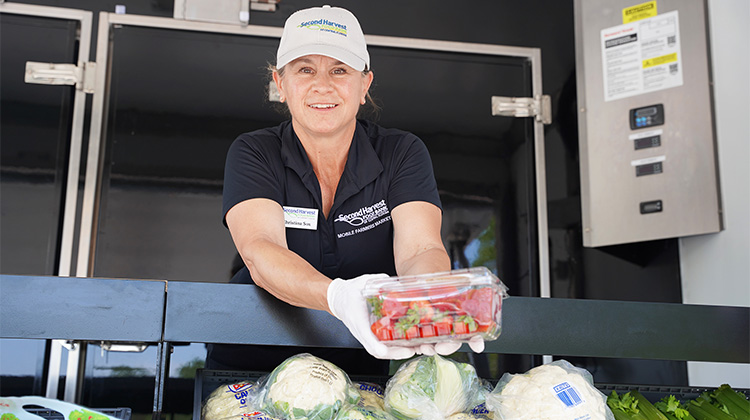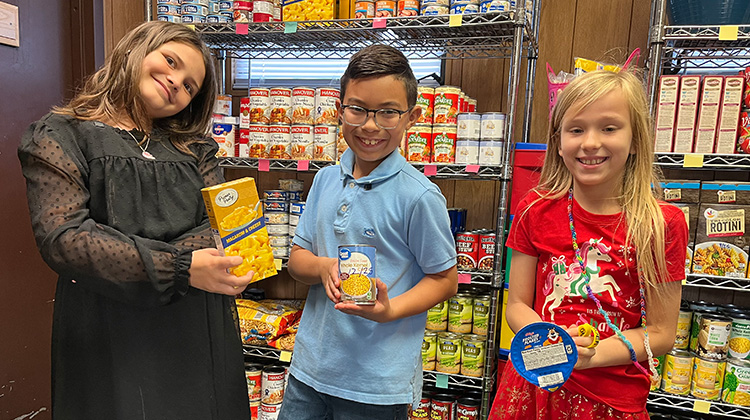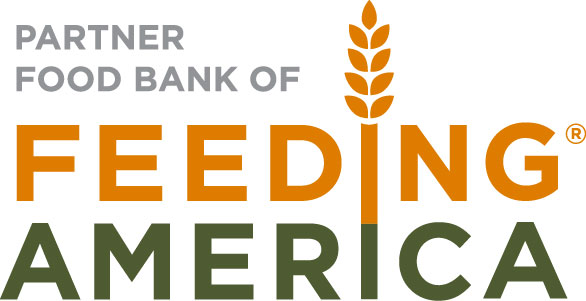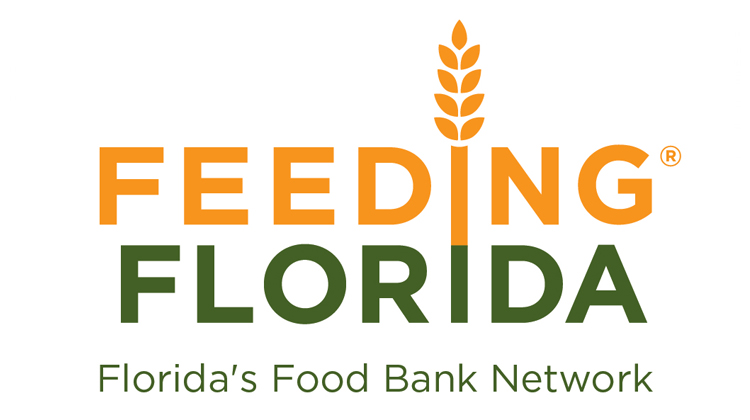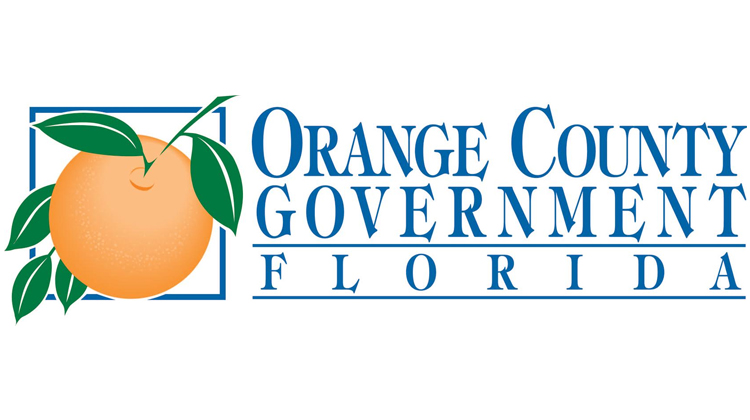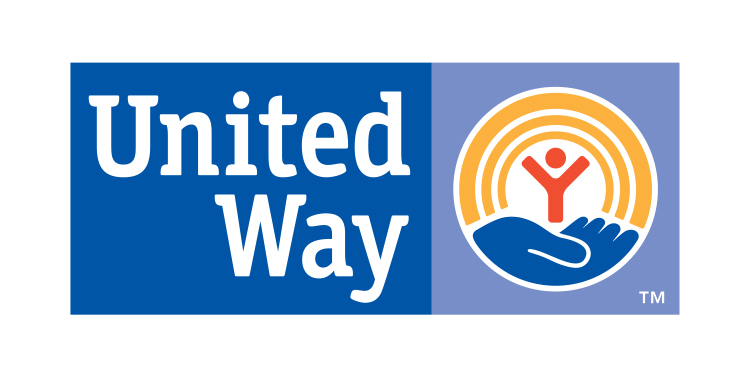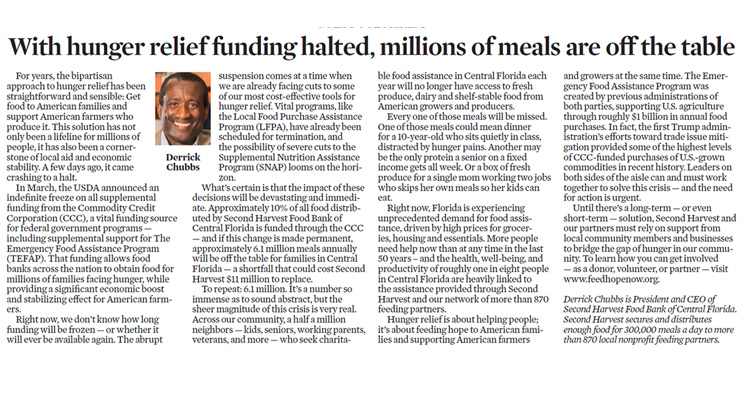
For years, the bipartisan approach to hunger relief has been straightforward and sensible: Get food to American families and support American farmers who produce it. This solution has not only been a lifeline for millions of people, it has also been a cornerstone of local aid and economic stability. A few days ago, it came crashing to a halt.
In March, the USDA announced an indefinite freeze on all supplemental funding from the Commodity Credit Corporation (CCC), a vital funding source for federal government programs – including supplemental support for The Emergency Food Assistance Program (TEFAP). That funding allows food banks across the nation to obtain food for millions of families facing hunger, while providing a significant economic boost and stabilizing effect for American farmers.
Right now, we don’t know how long funding will be frozen – or whether it will ever be available again. The abrupt suspension comes at a time when we are already facing cuts to some of our most cost-effective tools for hunger relief. Vital programs, like the Local Food Purchase Assistance Program (LFPA), have already been scheduled for termination, and the possibility of severe cuts to the Supplemental Nutrition Assistance Program (SNAP) looms on the horizon.
What’s certain is that the impact of these decisions will be devastating and immediate. Approximately 10% of all food distributed by Second Harvest Food Bank of Central Florida is funded through the CCC – and if this change is made permanent, approximately 6.1 million meals annually will be off the table for families in Central Florida – a shortfall that could cost Second Harvest $11 million to replace.
To repeat: 6.1 million. It’s a number so immense as to sound abstract, but the sheer magnitude of this crisis is very real. Across our community, a half a million neighbors – kids, seniors, working parents, veterans, and more – who seek charitable food assistance in Central Florida each year will no longer have access to fresh produce, dairy and shelf-stable food from American growers and producers.
Every one of those meals will be missed. One of those meals could mean dinner for a 10-year-old who sits quietly in class, distracted by hunger pains. Another may be the only protein a senior on a fixed income gets all week. Or a box of fresh produce for a single mom working two jobs who skips her own meals so her kids can eat.
Right now, Florida is experiencing unprecedented demand for food assistance, driven by high prices for groceries, housing and essentials. More people need help now than at any time in the last 50 years – and the health, well-being, and productivity of roughly one in eight people in Central Florida are heavily linked to the assistance provided through Second Harvest and our network of 870+ feeding partners.
Hunger relief is about helping people; it’s about feeding hope to American families and supporting American farmers and growers at the same time. The Emergency Food Assistance Program was created by previous administrations of both parties, supporting U.S. agriculture through roughly $1 billion in annual food purchases. In fact, the first Trump administration’s efforts toward trade issue mitigation provided some of the highest levels of CCC-funded purchases of U.S.-grown commodities in recent history. Leaders on both sides of the aisle can and must work together to solve this crisis – and the need for action is urgent.
Until there’s a long-term—or even short-term—solution, Second Harvest and our partners must rely on support from local community members and businesses to bridge the gap in hunger in our community.
With gratitude,

Derrick Chubbs
President & CEO
This guest column originally appeared in The Orlando Sentinel on April 3, 2025.


